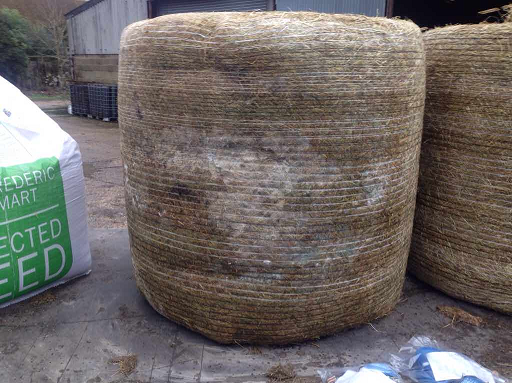ROB FAIRLEY
Did you know that encephalitic listeriosis and enteric listeriosis are two quite separate diseases? It would be uncommon for these two conditions to occur at the same time.
Enteric listeriosis mainly occurs when sheep are fed poor-quality baleage or silage, and clinical signs develop within a few days of consuming the poor-quality feed as large numbers of ingested Listeria are translocated to the abomasum and lower intestine.

The encephalitic form on the other hand, occurs when Listeria ascend the cranial nerves from the lips or mouth to the brainstem, and experimentally, it takes around three weeks for the earliest cases to show clinical signs of encephalitis after oral inoculation. It is therefore possible to see cases of encephalitic listeriosis and enteric listeriosis in different sheep from the same offering of baleage or silage, but the encephalitic cases will occur some weeks after the cases of enteric listeriosis (and I have seen one such case).
If, during an outbreak of enteric listeriosis, you also happened to have the odd case of encephalitic listeriosis in other sheep, it would be coincidental. The animal with encephalitis would have been infected some weeks prior.
We are often asked why encephalitic cases are not seen in conjunction with the enteric cases, or why there are no lesions in the brains of animals with enteric listeriosis. Now you know!
